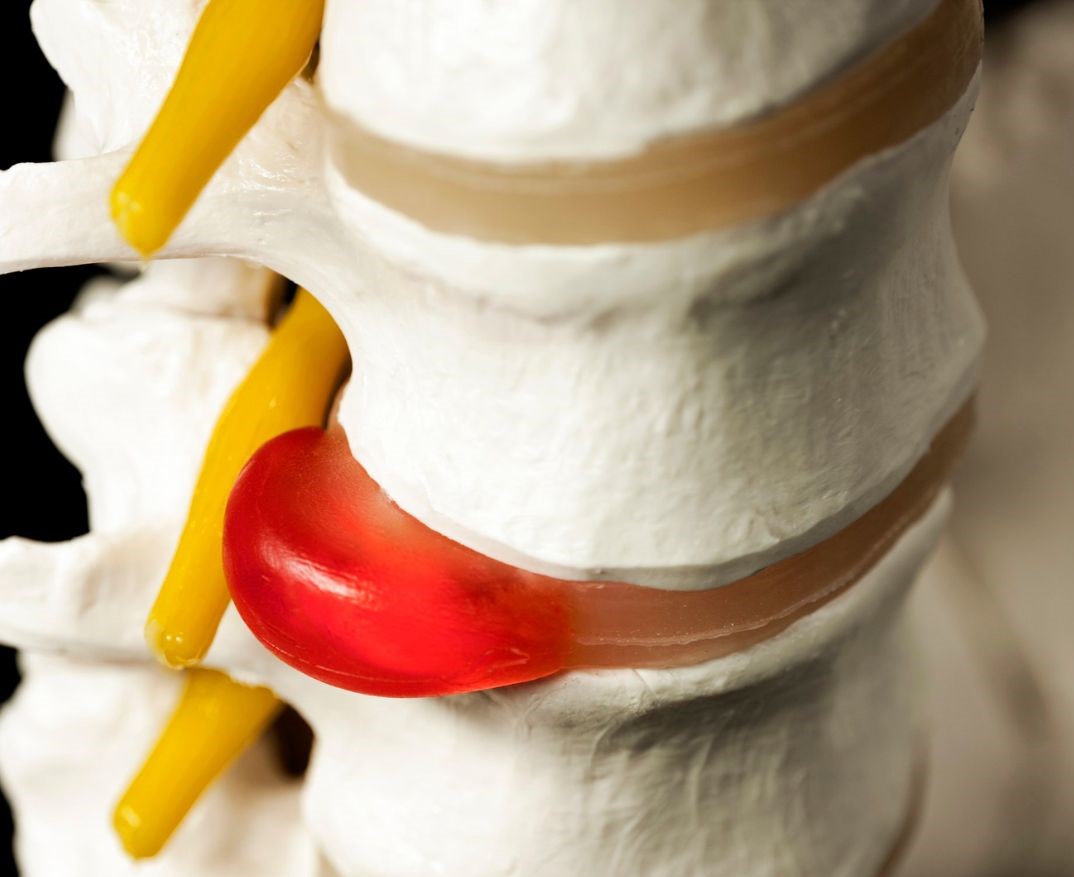All About Lumbar Disc Prolapse
Symptoms of a lumbar disc prolapse vary from mild to severe and can affect the whole body, from the limbs to the bowels, as well as, of course, the back …
It can have a serious impact on your ability to carry out everyday tasks and can be debilitatingly painful. Sometimes its onset is sudden, especially when trauma or injury to the spine causes it. More often though it creeps up on you, and the team here at Body@Boronia have successfully treated patients that lived with lower back pain and stiffness for months before they sought treatment.
What is Lumbar Disc Prolapse?
Lumbar disc prolapse occurs when the soft, jelly-like centre of a spinal disc in the lower back (the lumbar spine) bulges through a tear in the outer ring of the disc. This can put pressure on nearby nerves, causing pain, numbness, and weakness.
What are the Symptoms of Lumbar Disc Prolapse?
Symptoms of lumbar disc prolapse can vary depending on the severity and location of the affected disc. The most common symptom is lower back pain that radiates down the legs, often accompanied by numbness, tingling, or weakness in the affected areas. Other symptoms may include muscle spasms in the lower back or legs, limited mobility or stiffness in the lower back, and bladder or bowel dysfunction. Yikes.
How is a Lumbar Disc Prolapse Diagnosed?
Your osteopath will take a detailed history of your current symptoms and history at your first appointment. They will conduct a physical examination and perhaps order imaging tests. Not all lower back pain is caused by a lumbar disc prolapse and it’s important that we understand your particular condition. Whether it’s a prolapse or something else causing your symptoms, the right treatment is crucial to prevent further damage to the structures supporting your spinal cord.
Why Has This Happened?
A lumbar disc prolapse can occur as a result of wear and tear on the spine, sudden trauma or injury, or degenerative changes in the spine due to ageing. The condition may also be more common in individuals who perform repetitive bending and lifting movements, and in those who have poor posture or weak abdominal muscles. Some of this might be out of your control, but understanding the link between core strength, healthy posture and mindful movement can help you recover quickly and reduce (or maybe even prevent) future problems.
What Can My Osteopath Do?
Osteopathic treatment for a lumbar disc prolapse might include manual therapy techniques, such as gentle spinal manipulation, soft tissue massage, and stretching exercises. Osteopaths may also provide advice on posture, ergonomic modifications, and exercises to improve strength and flexibility in the lower back and core muscles. In the most severe cases, surgery may be necessary to remove the bulging disc and relieve pressure on the spinal nerves. If that is the case, we can work alongside your orthopaedic team to ready you for and rehabilitate you after surgery, and work with you to make reoccurrence less likely.
That all may sound daunting but let us assure you that in most cases surgery isn’t necessary: manipulations, postural adjustments, stretching and strengthening exercises can be sufficient to bring you back to healthful, easy movement.
So, if you’re experiencing the symptoms of a Lumbar Disc Prolapse, especially if the symptoms are getting worse over time, call us for an appointment on 03 9762 9445. The osteopaths at Body@Boronia are here to help.
You can also connect and follow us on Facebook or Instagram for more handy tips and updates.
References:
- Physiopedia. 2023. Disc Herniation. [Online]. Available from: https://www.physio-pedia.com/Disc_Herniation. Accessed 08/05/2023.





